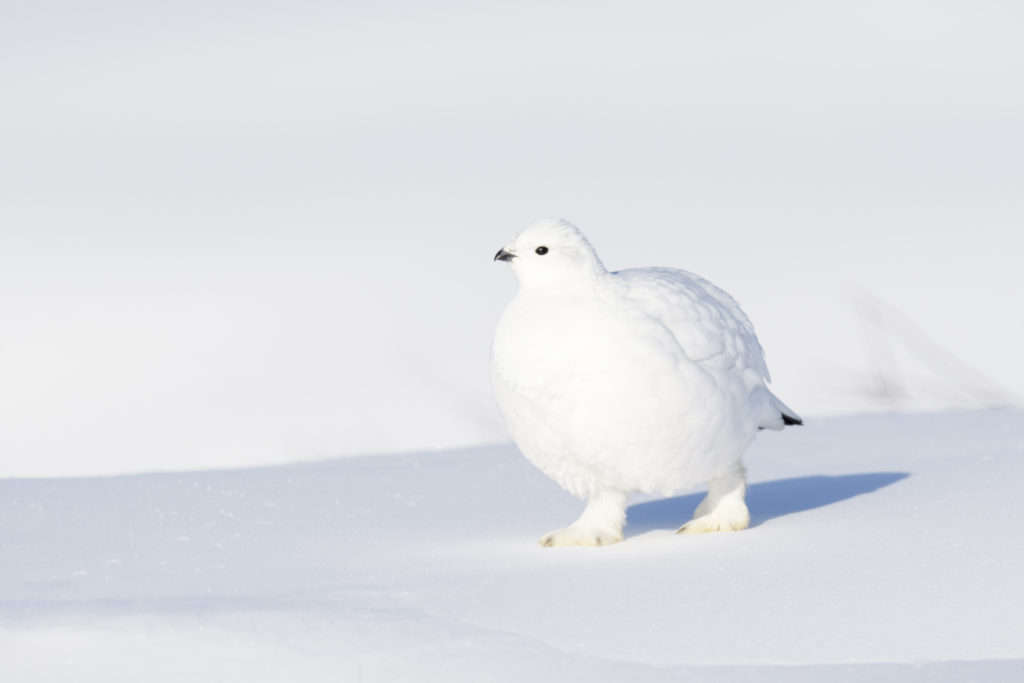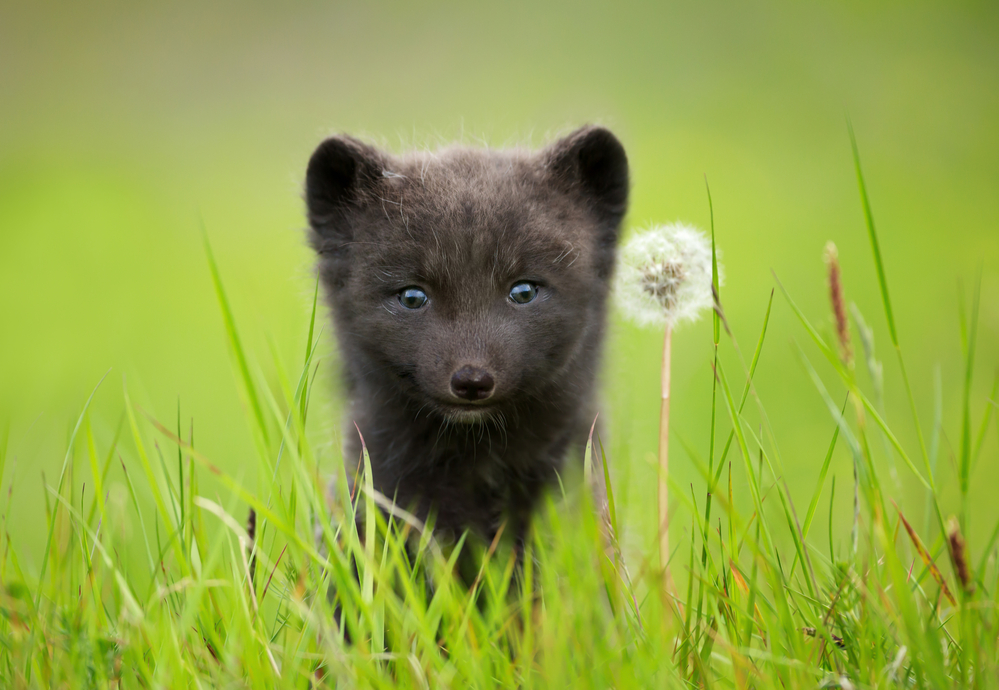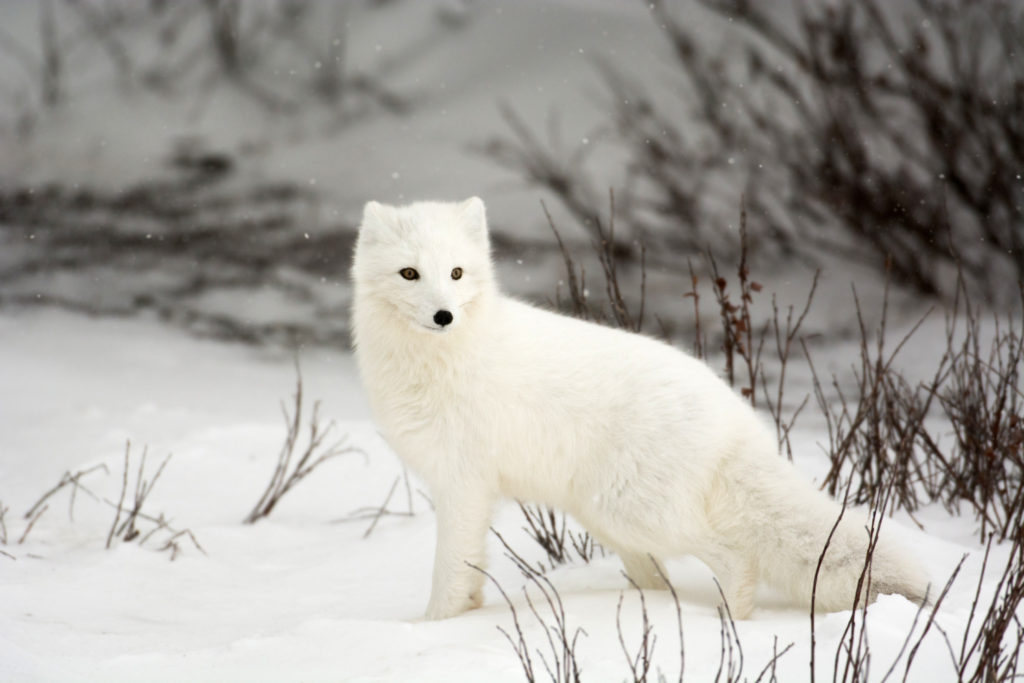It is often said that a leopard can’t change its spots and that’s true. But did you know that there are mammals and birds whose fur or feathers change color for the winter months? This adaptation, often triggered by day length, has the advantage of transforming animals into masters of camouflage against a snowy backdrop. It can be useful for both predators and prey. Let’s find out about some of the animals that turn white for winter.
The Willow Ptarmigan
Meet the willow ptarmigan (FYI, the ‘p’ is silent). These members of the grouse family make their home in the tundra, on mountains slopes, and in forests in colder parts of the northern hemisphere. Their summer plumage is patterned with shades of brown but in winter, it’s all change! White feathers replace the brown until spring arrives.

The Arctic Fox
One of the most famous winter color changers is the Arctic fox. So many pictures show them with beautiful, thick snow-white fur so it would be easy to assume they were that color all the time. Their fur in the summer is so different that you’d be forgiven for thinking you were looking at a completely different species!

The Ermine
One animal’s winter coat was so desirable that it was used to make cloaks for royalty. Ermine, stoat or short-tailed weasel are all names for Mustela erminea, a long-bodied carnivore common throughout Europe and North America. During the warmer months, their fur is brown with a cream-coloured belly. For those living in colder climes, by the time winter arrives, they’ve become white but keep the black tip of their tail.
What about climate change?
What will happen to animals like these as climate change continues to warm the planet remains to be seen. Animals can’t control when they transform from brown to white.
Milder winters and a change in snowfall pattern will lead to animals being exposed, their camouflage lost. The white coloring may no longer be advantageous, with natural selection favoring those that don’t have the whitest fur or feathers.
If you want to read more about research into the effect of a warmer climate, you may find this National Geographic article a great starting point: How Color-Changing Animals are Rebelling Against Climate Change.
Before you go
Are you an educator looking for new ideas to use in the classroom or at home? Sign up to my mailing list and get a free science resource, tips for teaching science and resource ideas.

